Construction
Construction interiors encompass the design, planning, and execution of the internal spaces of buildings, focusing on functionality, aesthetics, and occupant comfort. This includes selecting materials, finishes, and fixtures such as flooring, walls, ceilings, lighting, and cabinetry. Skilled professionals collaborate to create efficient layouts, integrate sustainable elements, and adhere to safety and building codes, ensuring the space meets both practical and visual standards. Whether for residential, commercial, or industrial purposes, interior construction transforms raw structures into vibrant, usable environments tailored to the needs of occupants.

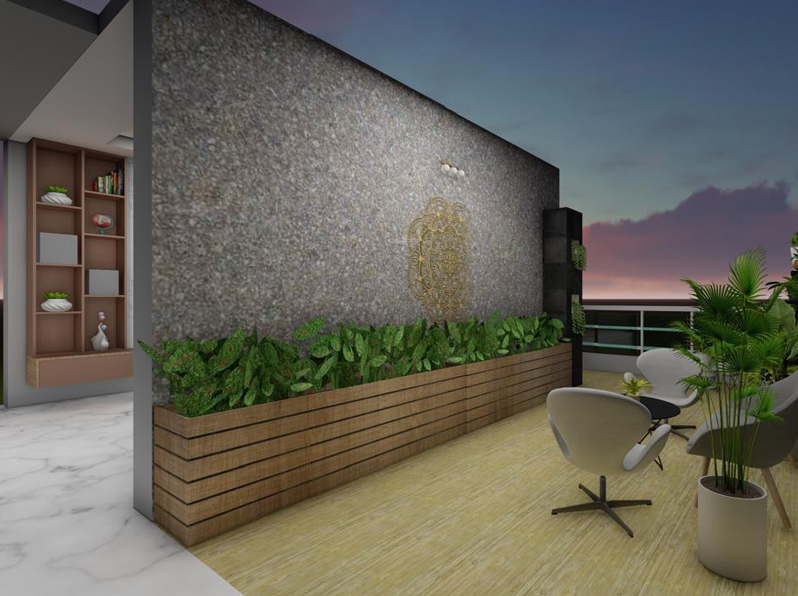
Wall Breaking
Wall breaking in interior design involves the removal or modification of walls to create open, functional, and aesthetically appealing spaces. This process is often used to achieve an open-concept layout, improve natural light flow, or enhance connectivity between rooms. It requires careful planning to ensure structural integrity, as some walls may be load-bearing and necessitate additional support like beams or columns. Professionals consider factors such as utility lines, building codes, and the desired outcome before proceeding. Wall breaking can transform confined layouts into spacious, modern interiors that better suit the lifestyle and preferences of occupants.
Renovation
Interior renovation involves updating and transforming existing spaces to enhance functionality, aesthetics, and value. This process can include structural changes, such as removing walls or reconfiguring layouts, as well as aesthetic upgrades like repainting, installing new flooring, updating lighting fixtures, or replacing cabinetry. Renovations often aim to modernize outdated designs, improve energy efficiency, or adapt spaces to better meet the needs of occupants. Careful planning, skilled craftsmanship, and adherence to building codes are essential to ensure a seamless blend of style and practicality, creating refreshed interiors that align with contemporary living standards.
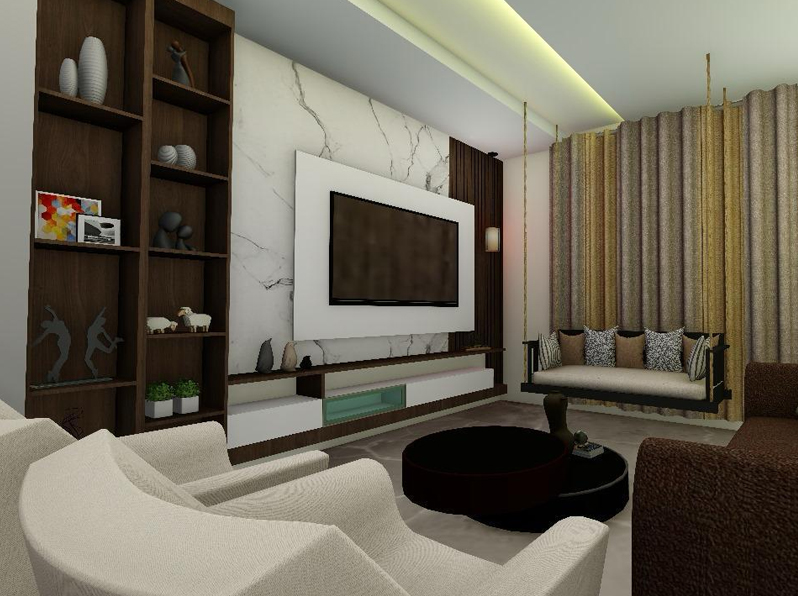
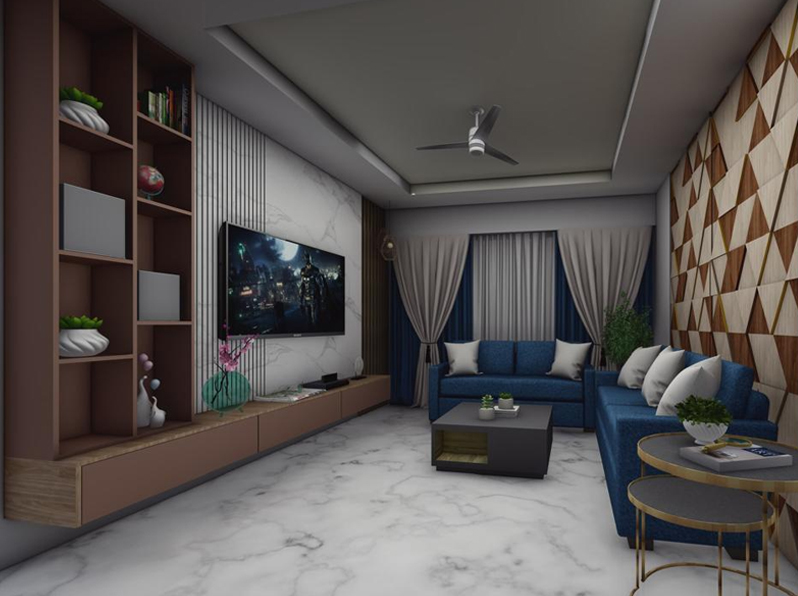
Flooring
Flooring in interior design plays a crucial role in defining the character and functionality of a space. It involves selecting and installing materials like hardwood, tile, laminate, carpet, or vinyl to suit the room's purpose, aesthetic preferences, and durability requirements. The choice of flooring impacts the overall ambiance, comfort, and maintenance needs of the interior. Proper installation, including surface preparation and precise fitting, ensures a long-lasting and visually appealing finish. Flooring not only enhances the aesthetic appeal but also contributes to the practicality and value of the space, making it a key element in interior design projects.
Tiles
Tiles in interior design offer a versatile and durable solution for enhancing both functionality and aesthetics. Used for floors, walls, and even decorative accents, tiles come in various materials such as ceramic, porcelain, natural stone, and glass, each offering unique textures, patterns, and colors. They are highly resistant to moisture, stains, and wear, making them ideal for kitchens, bathrooms, and high-traffic areas. Tiles can complement any design style, from sleek and modern to rustic and traditional, and their easy maintenance ensures long-term appeal. Proper selection and installation ensure tiles elevate the interior's look while meeting practical needs.
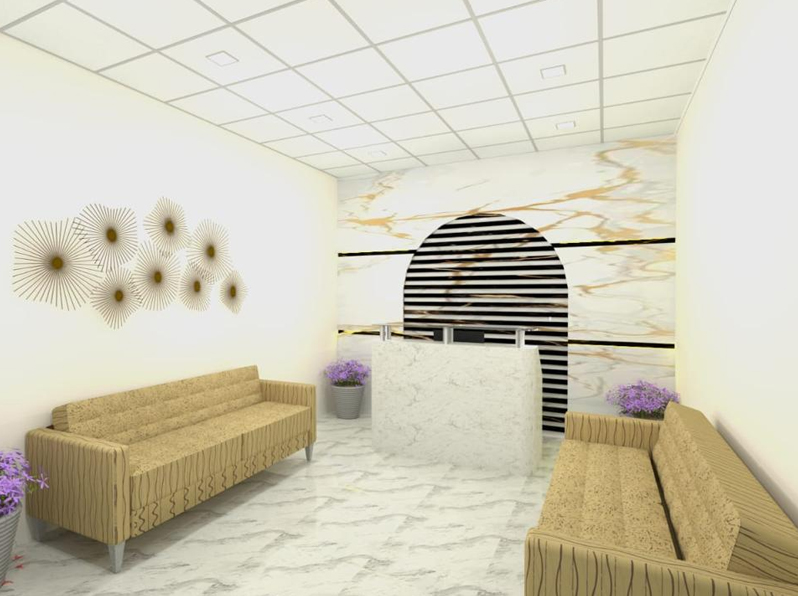
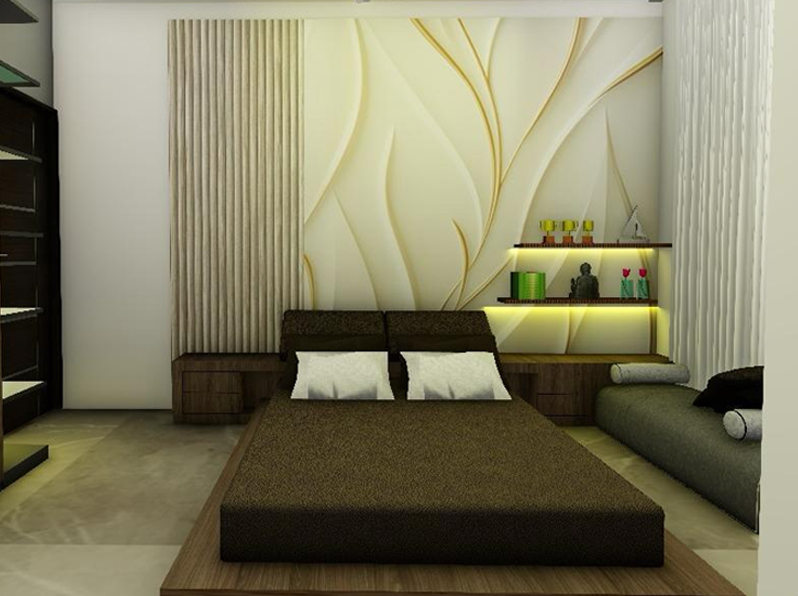
Painting
Painting is a fundamental aspect of interior design that transforms and personalizes spaces with color, texture, and style. It involves selecting appropriate shades, finishes, and techniques to align with the room's purpose and aesthetic goals, whether creating a calm, neutral backdrop or a bold, vibrant statement. Proper surface preparation, including cleaning, priming, and repairing imperfections, ensures a smooth and lasting application. Painting not only enhances the visual appeal but also protects walls from wear and tear. As a cost-effective and versatile design element, it plays a key role in defining the mood, character, and harmony of interior spaces.
